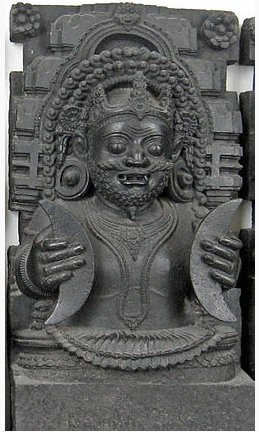In line with this idea is my interpretation of the following 5 glyphs ending with "November 1 when the Sun reached Heka:
In the times of Al Sharatain Heka rose with the Sun in 'May 16 (136) and at the opposite side of the year was day 319 ('November 15). In rongorongo times the day number was 319 + 27 = 346 (= 2 * 173). ... λ and the two stars phi furnish an easy refutation of the popular error as to the apparent magnitude of the moon's disc, Colas writing of this in the Celestial Handbook of 1892: In looking at this triangle nobody would think that the moon could be inserted in it; but as the distance from λ to φ¹ is 27', and the distance from φ¹ to φ² is 33', it is a positive fact; the moon's mean apparent diameter being 31' 7''. This illusion, prevalent in all ages, has attracted the attention of many great men; Ptolemy, Roger Bacon, Kepler, and others having treated of it. The lunar disc, seen by the naked eye of an uninstructed observer, appears, as it is frequently expressed 'about the size of a dinner-plate', but should be seen as only equal to a peppercorn ... Combining this piece of information with for instance the occultation sign described by Ga1-15 and Ga1-19, the 'killing' of the old king maybe was caused - the myths could have told - by hiding his head behind Heka (with φ¹ and φ²). The disc of the Sun is approximately the same size as that of the Full Moon. ... In Hindu tradition, Rahu is a cut-off head of an asura, that swallows the sun or the moon causing eclipses. He is depicted in art as a serpent with no body riding a chariot drawn by eight black horses ... According to legend, during the Samudra manthan, the asura Rahu drank some of the divine nectar. Sun and moon realized it and they alerted Mohini (the female avatar of Vishnu). Before the nectar could pass his throat, Mohini cut off his head. The head, however, remained immortal. It is believed that this immortal head occasionally swallows the sun or the moon, causing eclipses. Then, the sun or moon passes through the opening at the neck, ending the eclipse ... Rahu is a legendary master of deception who signifies cheaters, pleasure seekers, operators in foreign lands, drug dealers, poison dealers, insincere & immoral acts, etc. It is the significator of an irreligious person, an outcast, harsh speech, logical fallacy, falsehoods, uncleanliness, abdominal ulcers, bones, and transmigration ...
... I do not regard it as a coincidence that the word for soot in Polynesian is garahu, because I read it as ga-rahu, i.e. plural of rahu:
Thus the Heka 'tripod' is in thought connected to what happens at a total eclipse of the moon (a phenomenon much more frequent than a total eclipse of the sun) - it illustrates the size necessary for the 'body' of Rahu. Although his measure could have been regarded as greater, we can see in the picture where he is depicted holding also a substantial part of the black (sooty) cresents of waning and waxing moon ... There might be some wordplay in kia raua which contrasts leaves (rau) with soot (garahu):
In Teach Yourself Maori I can read that raua implies a pair (2):
Polynesian distinguishes between singular, pair, and plural (> 2). |






